According to Nico Botha, 2018 holder of the FISA Chairman’s Award and CEO of Stellentrust, corporate members of the Association of Trust Companies (ATC), which existed from 1932 till 2008, were obliged to submit reports annually which made it possible to measure share of the fiduciary market. It was clear that trust companies had a market share of about 50% and attorneys the balance of 50%. Trust companies operated mainly from the cities and larger towns whilst attorneys and small regional trust companies operated in the platteland.
The need to secure a foothold in the platteland for trust companies in order to tap into the lucrative business in that market segment encouraged Syfrets and Boland Bank in particular to go on an acquisition spree in the 1960s and 1970s onwards. Whilst the names of the practices acquired reflected the relevant town, Syfrets and Boland Bank created line of sight. That explains the name “Syfrets (Northern Cape)”, “National Board (Durban)”, and so on.
The practice of these subsidiaries was later incorporated in the main holding company with the subsidiaries becoming dormant trust companies. This was also a method to take out the competition and consolidate market share.
The only option for many financial services companies to comply with Regulation 910 was to acquire one of these old regional trust companies. Companies like ABSA Trust, Standard Trust and in later years Citadel Trust all have their origins in old regional trust companies which had become dormant but were still authorised to operate as a trust company under Regulation 910.
